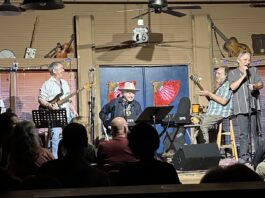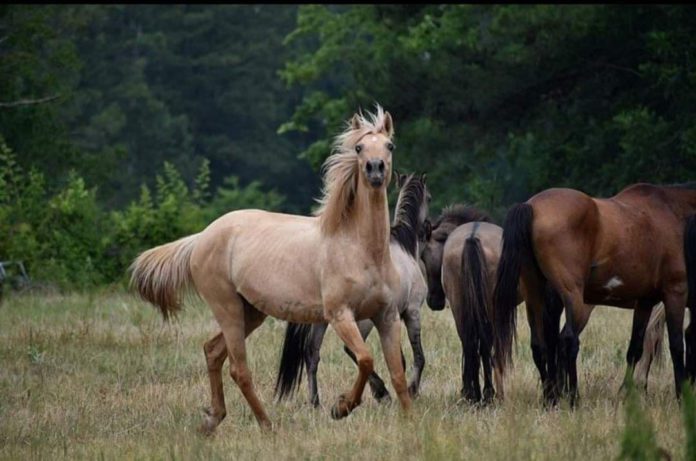
Bryant Rickman no longer teaches agriculture, but he’s far from retired.
“It’s just kind of swallowed up my life, these horses and all,” says Rickman, who lives near Antlers and is devoted to saving heritage breeds of livestock from extinction.
Rickman breeds colonial Spanish horses – also known in Oklahoma as Choctaw ponies because members of the Choctaw tribe acquired them from Spanish explorers, who came to the Americas beginning in the 1500s. The horses came west with their owners on the Trail of Tears, and some were crossbred with Spanish mustangs from the American southwest, which were then brought to Oklahoma in 1958 by Gilbert Jones.
Rickman took over the herd after Jones died in 2001. He also breeds Choctaw hogs, brought by the Spaniards and embraced by Natives who loved the taste of pork.
“The queen of Spain didn’t want to send her best conquistadores here, not knowing what kind of food supply was here, so they brought a live meat market,” says Rickman.
The Spaniards offered trade items when they arrived in Florida, Rickman says, “but the Indians wanted the pigs.”
The Livestock Conservancy, whose mission is to protect endangered livestock and poultry breeds from extinction, defines heritage breeds as “traditional livestock breeds that were raised by our forefathers.”
Included in its mission are more than 150 breeds of donkeys, cattle, goats, horses, sheep, pigs, rabbits, chickens, ducks, geese and turkeys it considers endangered. Modern agriculture favors the use of specialized animals that have been bred for maximum production, but which places heritage breeds at risk of disappearing.
The Irish potato famine illustrates why diversity is important, says Udaya Desilva, professor of animal molecular genetics in the Department of Animal and Food Sciences at Oklahoma State University.
“Potatoes are not an Irish crop,” says Desilva. “They came from the New World. Christopher Columbus and others took potatoes to Europe. The Irish loved them. They planted one variety that they liked best, and disease wiped out the whole crop.”
Heritage breeds often are well-adapted to fight parasites and disease, says Desilva.
“Are they the best for commercial properties? They are not,” he continues. “They are not high-producing. But holding on to them is important.”
Dairy cows are another example. The Holstein breed has become dominant because it yields a lot of milk.
“But imagine if something happens that they are not resistant to,” he says.
For the Love of the Breed
Some people own heritage breeds just because they love them.
“Why are people keeping longhorns?” Desilva asks. “Their meat is like leather. They just like that look.”
Rickman grew up riding a Choctaw mare.
“The other kids had more modern breeds, and they made fun of me,” he says. “But in later years I realized I had one that was more dependable.”
Rickman says his children have won endurance races across the country on the horses, some of which were rounded up from the Kiamichi Mountains and were tough stock, having survived on their own for many years.
Choctaw hogs are mule-footed, with hooves that are solid rather than cloven. Rickman’s mother acquired the start of the herd from Jones, who obtained them from the Choctaw.
“These hogs are tougher, more disease-resistant,” Rickman says. “But they don’t gain weight as fast as modern breeds.”
Rickman says he did not sell a female colonial Spanish horse for many years.
“I finally started putting them out in little groups where people in different parts of the country could raise them, in case something happened to mine. We have some in nearly every state now.”
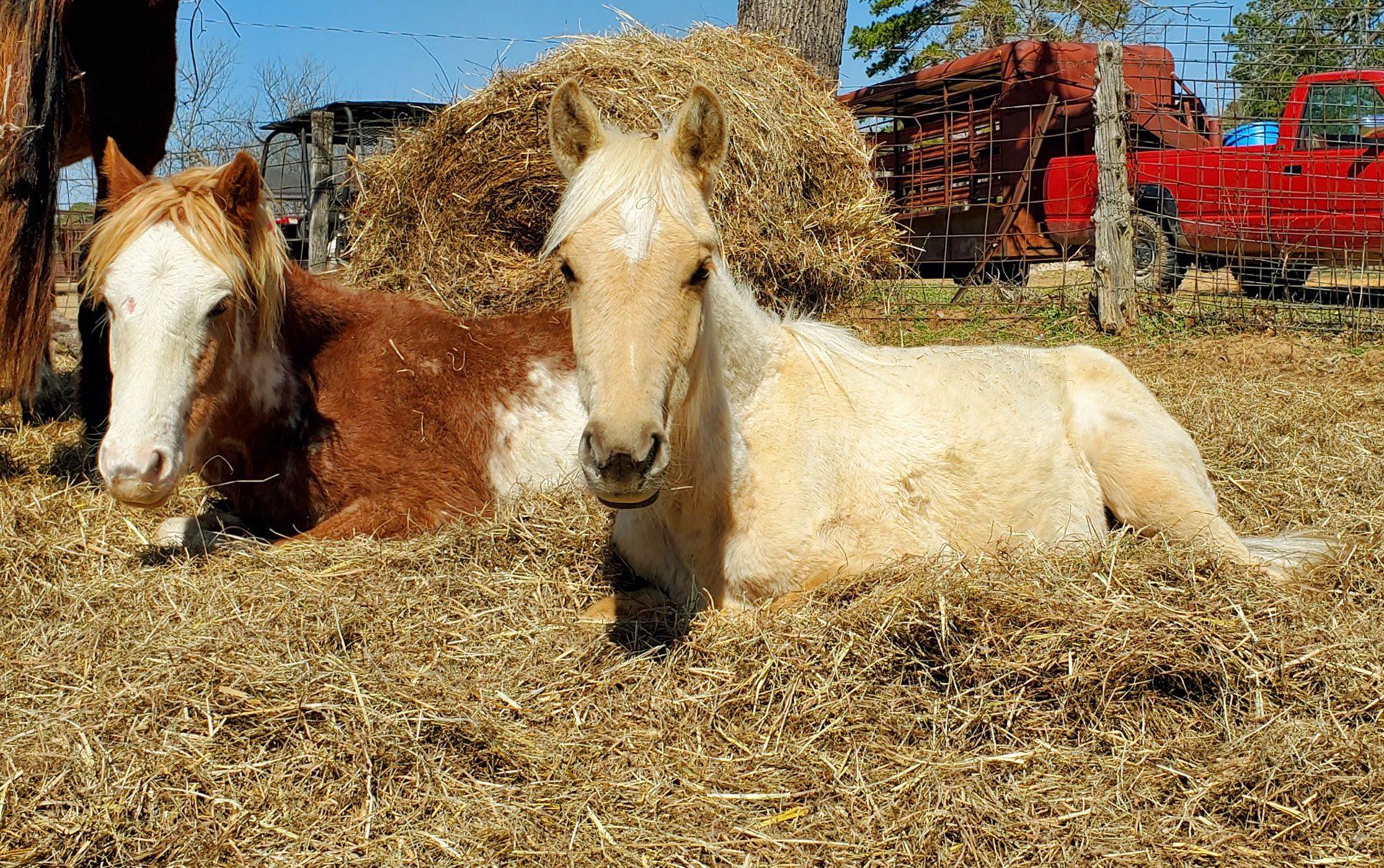
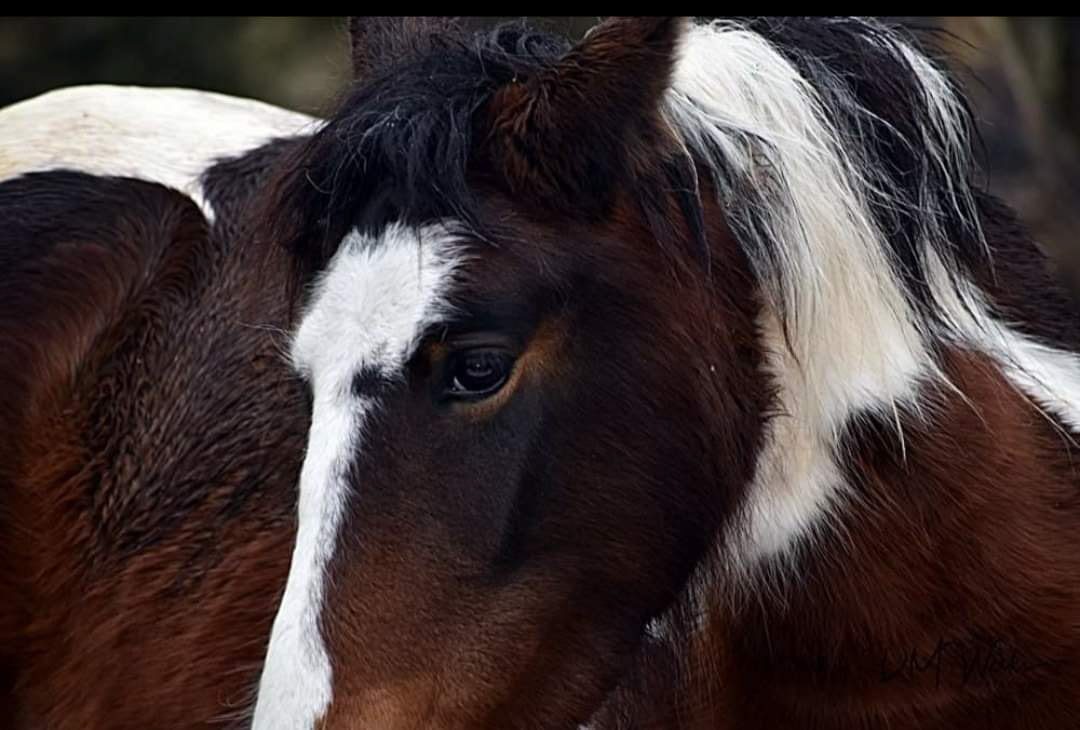


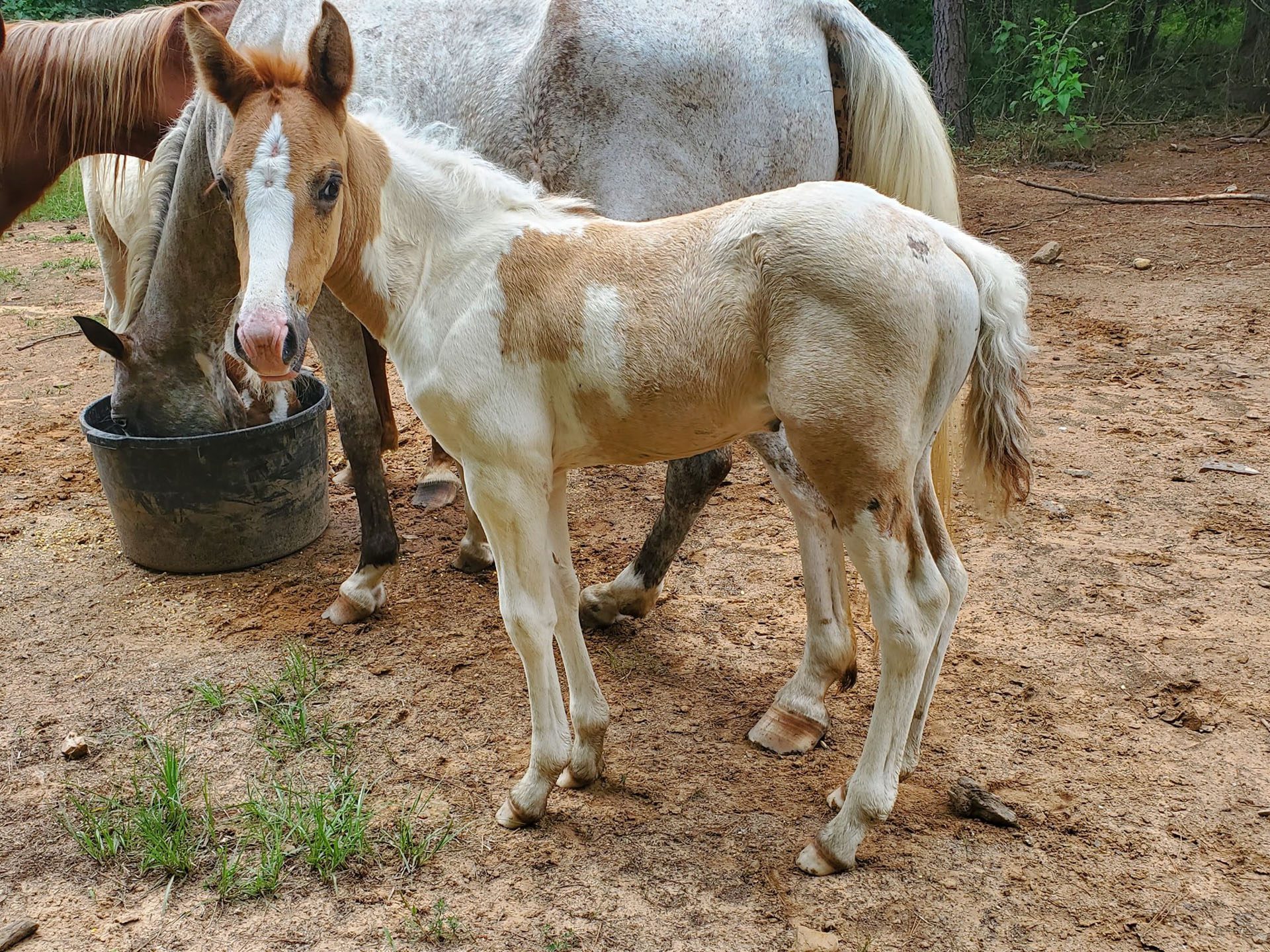
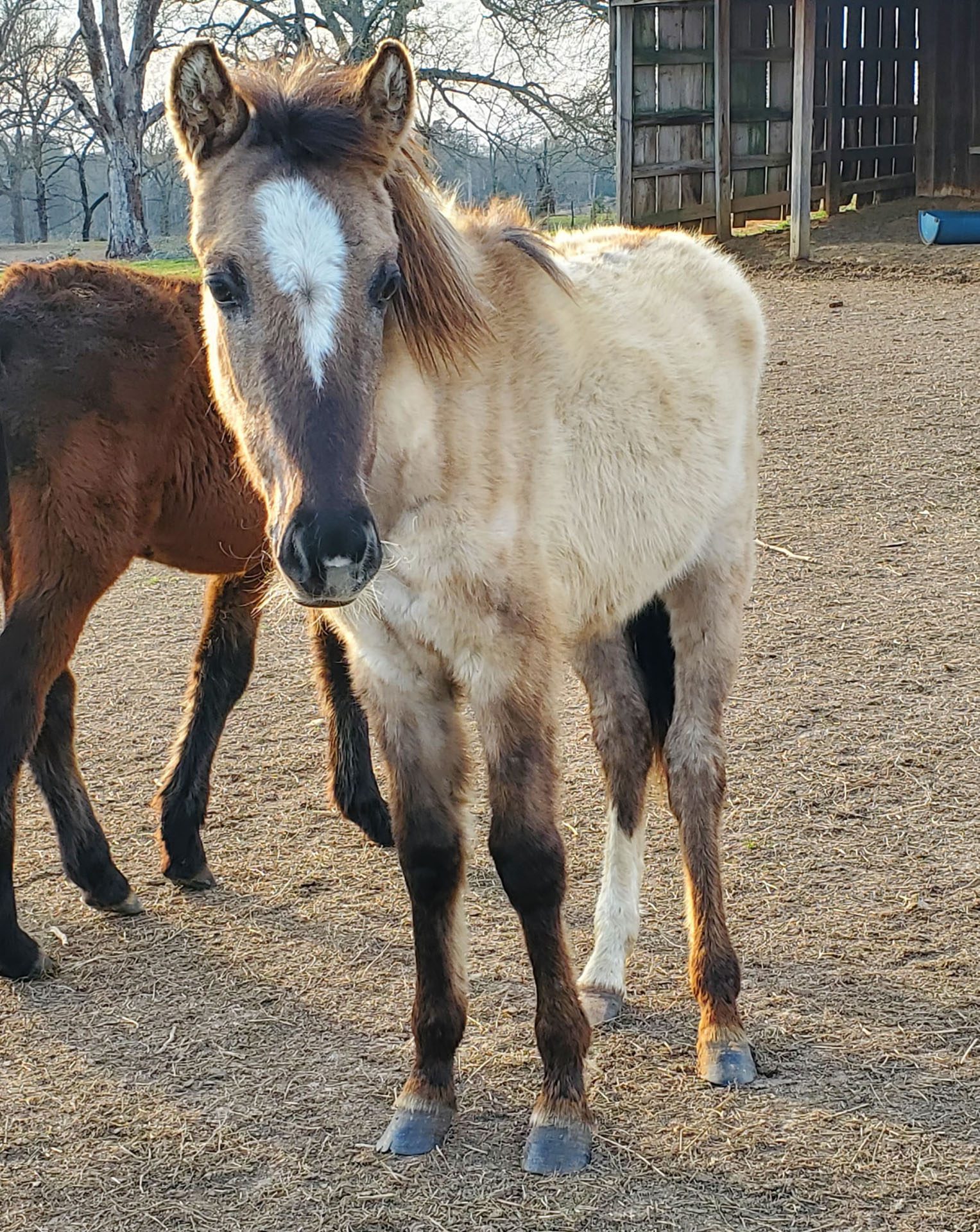
Photos courtesy Rickman Spanish Mustangs



